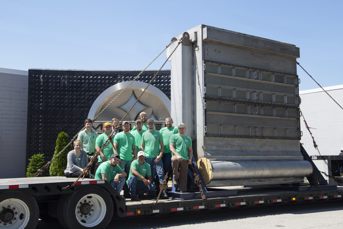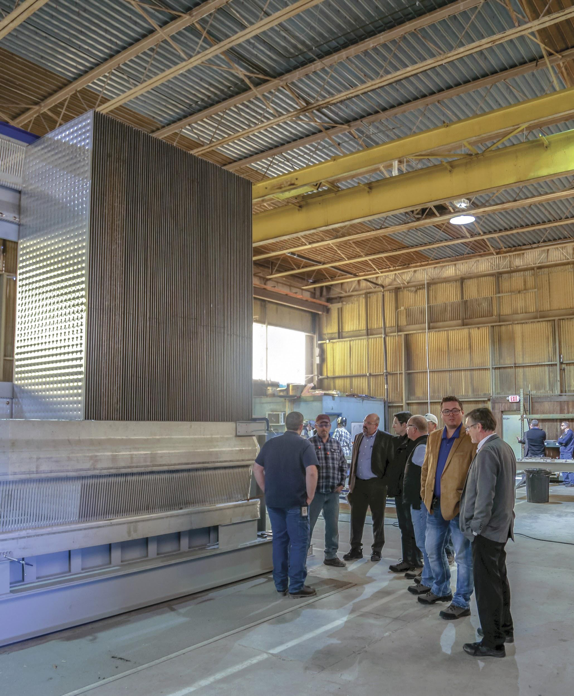The DEER system did more than improve overall efficiency for Bioleap’s customers – It paid for itself quickly, grew profits and put them at a competitive advantage.
“We guarantee the plant's reduction in natural gas consumption. That is in our contract, which allows the plant to accurately calculate their ROI,” said Nathan.
With approximately 20% reduction in natural gas consumption, and process water savings of 80-150 gallons per minute, that ROI has proved out.
As technology develops, so do ways of saving extra money in your process. Ethanol refineries as well as chemical and grain processing plants can find those savings with the DEER system, saving millions of dollars a year in natural gas, while also seeing a 10% growth in production.
“These plants are looking for a good return on their investment, and that is something we can guarantee in our contract,” said Nathan. We have that system and with Mueller’s energy banks we can meet the demand so our customers start saving money right away, after installation.
“We have decades of experience building the highest quality heat transfer equipment, and Bioleap has a need for a condenser in their system that has to be delivered on time, and work exactly as designed. Partnering together was an excellent opportunity for both of our teams,” said Lance.
If you have a similar process or want to know if Temp-Plate® would work on your application, contact us here to talk with a heat transfer expert. To see another way our versatile Temp-Plate can be used with OEM’s, click here.





